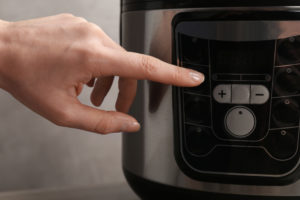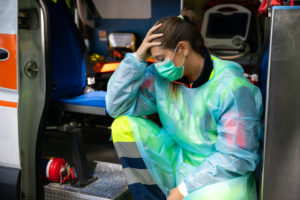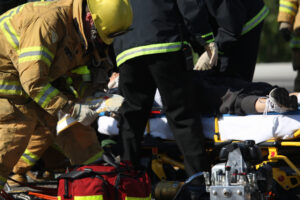An Iowa woman has filed a new Stockert 3T heater-cooler device lawsuit in the Southern District of Iowa. The case was filed on August 22, 2016, and names manufacturer LivaNova PLC, formerly Sorin Group Deutschland GmbH, as defendant, along with the Sorin Group.
The plaintiff is a widow who claims that her husband died because of an infection related to the Stockert 3T heater-cooler device, which was used in the operating room during his heart valve replacement surgery.
Plaintiff Suffers M. chimaera Infection After Heart-Valve Surgery
According to the complaint, the decedent in this case had a heart valve replacement surgery on October 2, 2012. About 1.5 years later, in February 2014, he went back to the doctor complaining of fatigue, night sweats, muscle pain, dry cough, and persistent fever.
Doctors found that he had an enlarged spleen, elevated liver enzymes, and other signs of a multi-organ inflammatory disease. It wasn’t until September 2014, however, that they found the cause of the problems: an M. chimaera infection. M. chimaera is a type of nontuberculous mycobacterium (NTM) classified as “slow-grower” that can cause serious illness and even death.
Doctors treated the decedent with a series of powerful antibiotics, many of which caused him serious side effects, including drug-related toxicity, peripheral neuropathy (nerve damage), and hearing loss. Yet despite the treatments, the infection persisted. The bacteria were still detected in his blood in December 2015.
Plaintiff’s Husband Dies of Infection Related to Heating-Cooling Device
On January 29, 2016, the decedent and his wife (the plaintiff) received a call from the Director of the University of Iowa Hospitals and Clinics (UIHC), where he underwent his surgery. The director informed them of a link between NTM infections (like the one the plaintiff had) and 3T heating and cooling devices.
The decedent’s physicians connected his infection to the surgery he went through and the heating and cooling system that was used during the operation. They recommended that he go through another operation to remove the infected device, but the decedent was deemed too medically unstable to go through another surgery. Further, doctors couldn’t guarantee that removing the device would eliminate the infection.
The plaintiff continued to suffer, losing 75 pounds and experiencing chronic pain and fatigue, and developing chronic kidney disease, and pancreatitis, among other health issues. He received medical treatment for two years, but doctors were not able to get rid of the infection. He passed away on May 14, 2016 at the age of 59. The cause of death was identified as the NTM infection.
Medical Centers Reveal Link Between Infections and Heating-Cooling Devices
On February 2, 2016, the UIHC announced that 1,500 of its patients who had gone through heart, lung, and liver surgeries between January 1, 2012 and January 22, 2016, had been exposed to a rare and potentially fatal bacterium (M. chimaera). They linked the infections to the Stockert 3T heater-cooler systems used to regulate blood temperature during the operations.
- chimaera is a subspecies of nontuberculous mycobacterium (NTM) that occurs naturally in the environment. It poses a unique risk to vulnerable patients when they’re going through surgeries where the organs and chest cavities are exposed to the air.
The 3T systems regulate blood temperature by circulating water through tubes into a heat exchanger where blood is pumped into separate chambers during surgery. The water tanks aerosolize a vapor that can contain NTM. That vapor then exits the device and is pushed into the ambient air in the operating room through the system’s exhaust fan. In that way, bacteria believed to have originated from the manufacturing site can entire the surgical field and the patient’s open body.
The plaintiff seeks in excess of $75,000 in damages.

Exclusively focused on representing plaintiffs, especially in mass tort litigation, Eric Chaffin prides himself on providing unsurpassed professional legal services in pursuit of the specific goals of his clients and their families. Both his work and his cases have been featured in the national press, including on ABC’s Good Morning America.










Comments for this article are closed.